Gardening in Zone 13 comes with a unique set of challenges—the intense sun, arid conditions, and the potential for drought seasons.
But it's not all heatwaves and sunburns; Zone 13 is a paradise for growing a wide array of unique and exotic tropical trees.
Here's a list of 3 spectacular species that are not only tailored to thrive in these conditions but will also add a splash of vibrant color and diversity to your Zone 13 garden.
1. Royal Poinciana
An icon of the tropics, the Royal Poinciana, with its bright scarlet-orange flowers and delicate leaves, is an excellent choice.
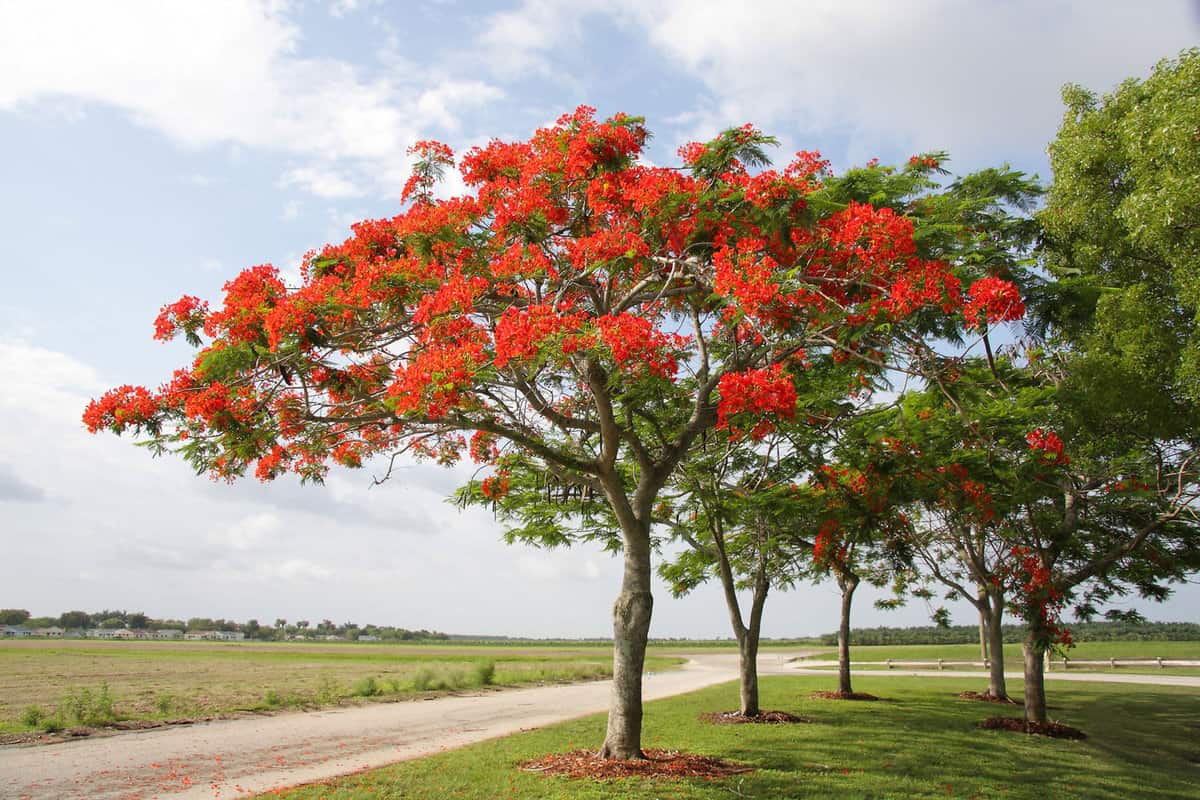
This tree enjoys a sunny spot and well-drained soil. Although it can tolerate dry conditions, it prefers regular watering for best growth.
2. African Tulip Tree
The African Tulip Tree's bright, tulip-like flowers add an exciting color burst to your garden.
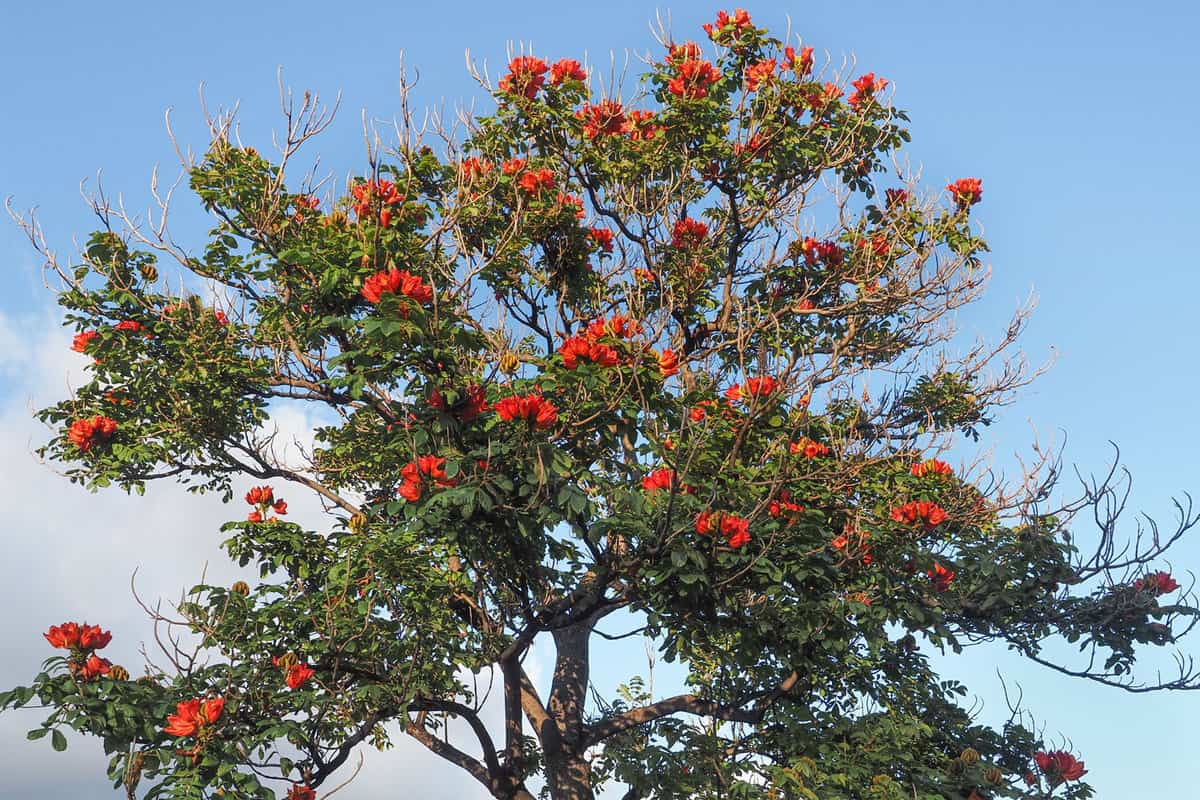
This hardy tree can tolerate various soil conditions, though it thrives best in a sunny, well-drained spot.
It appreciates regular watering but can also withstand periods of drought.
3. Breadfruit Tree
Providing both shade and nutritious fruit, the Breadfruit Tree is a superb choice. These trees enjoy full sun and thrive in a well-drained, loamy soil.
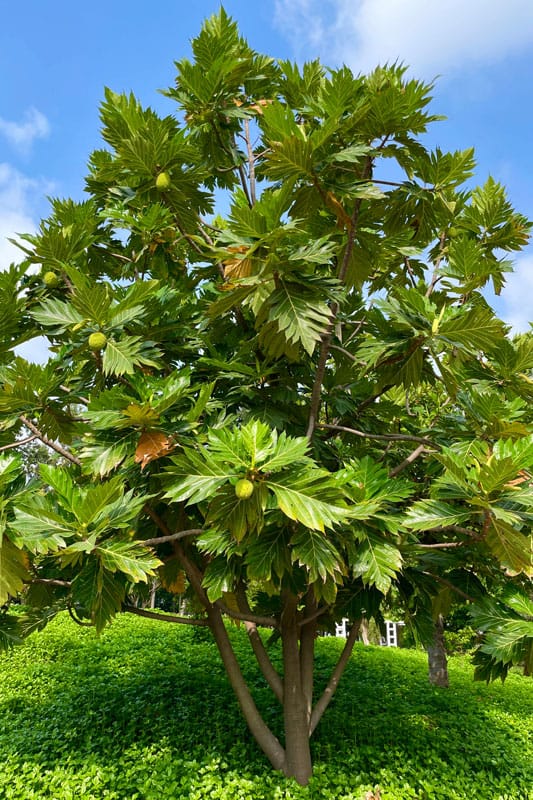
While they are relatively drought-tolerant once established, they prefer regular watering for optimal fruit production.
Ideal Planting Times for Tropical Trees in Zone 13
Zone 13 has the luxury of a year-round growing season thanks to the warm climate. Here's when to plant these tropical beauties for the best results.
- Royal Poinciana: It's best to plant Royal Poinciana in the spring. It needs a full growing season before its first winter.
- African Tulip Tree: Plant this tree in the spring, just before the start of the wet season. It will give the tree a chance to establish itself.
- Breadfruit Tree: Spring is also the best time to plant the Breadfruit Tree. It loves warm, wet weather, making the beginning of the rainy season ideal.
Temperatures and Seasonal Changes in USDA Zone 13
Understanding the temperatures and seasonal changes in USDA Zone 13 is essential for successful gardening.
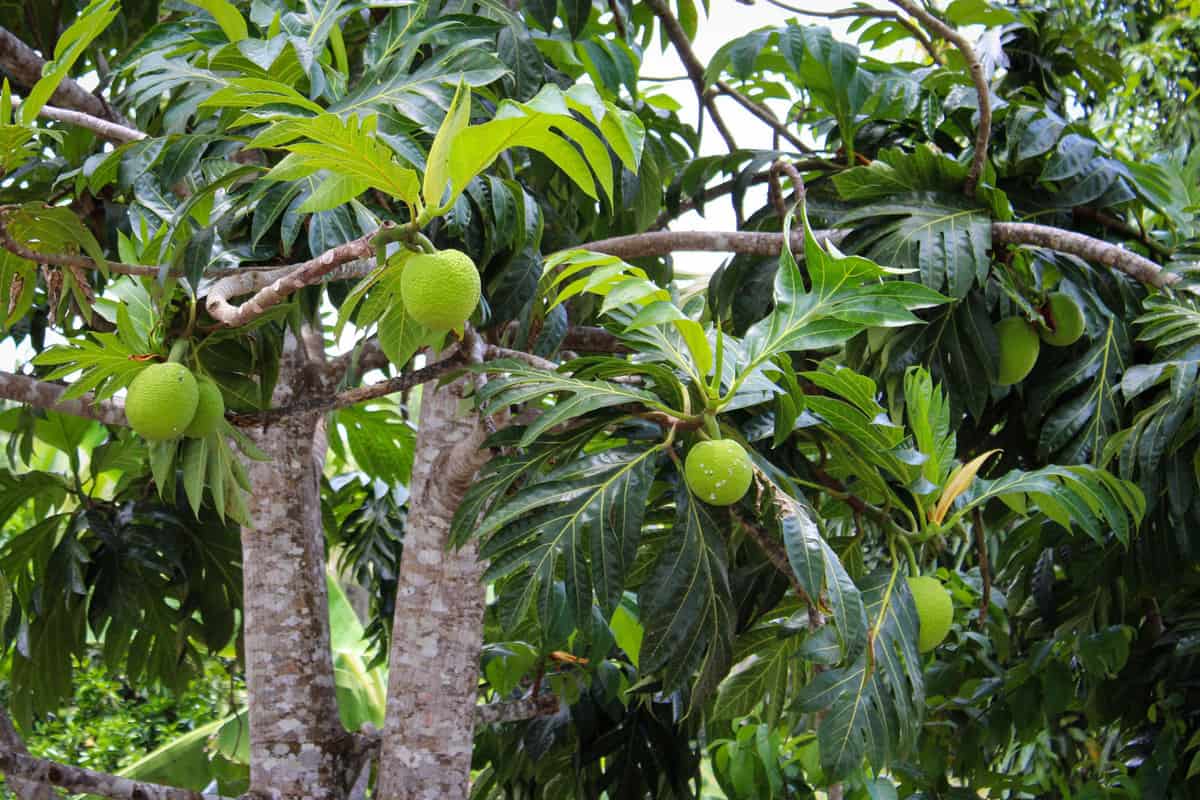
Zone 13 has a tropical and subtropical climate, with high temperatures and distinct wet and dry seasons. Here's a breakdown of the typical temperature ranges and seasonal changes you can expect:
Winter (December to February)
Winters in Zone 13 are mild and pleasant. Average temperatures range from around 60°F to 75°F. Frost is rare in this zone, making it ideal for growing tropical and subtropical plants.
Spring (March to May)
Spring brings a gradual increase in temperatures. Average temperatures range from 70°F to 85°F. This is the time when new growth starts to emerge, and it's an excellent season for planting and establishing tropical trees in the garden.
Summer (June to August)
Summers in Zone 13 are hot and humid. Average temperatures range from 80°F to 95°F or higher.
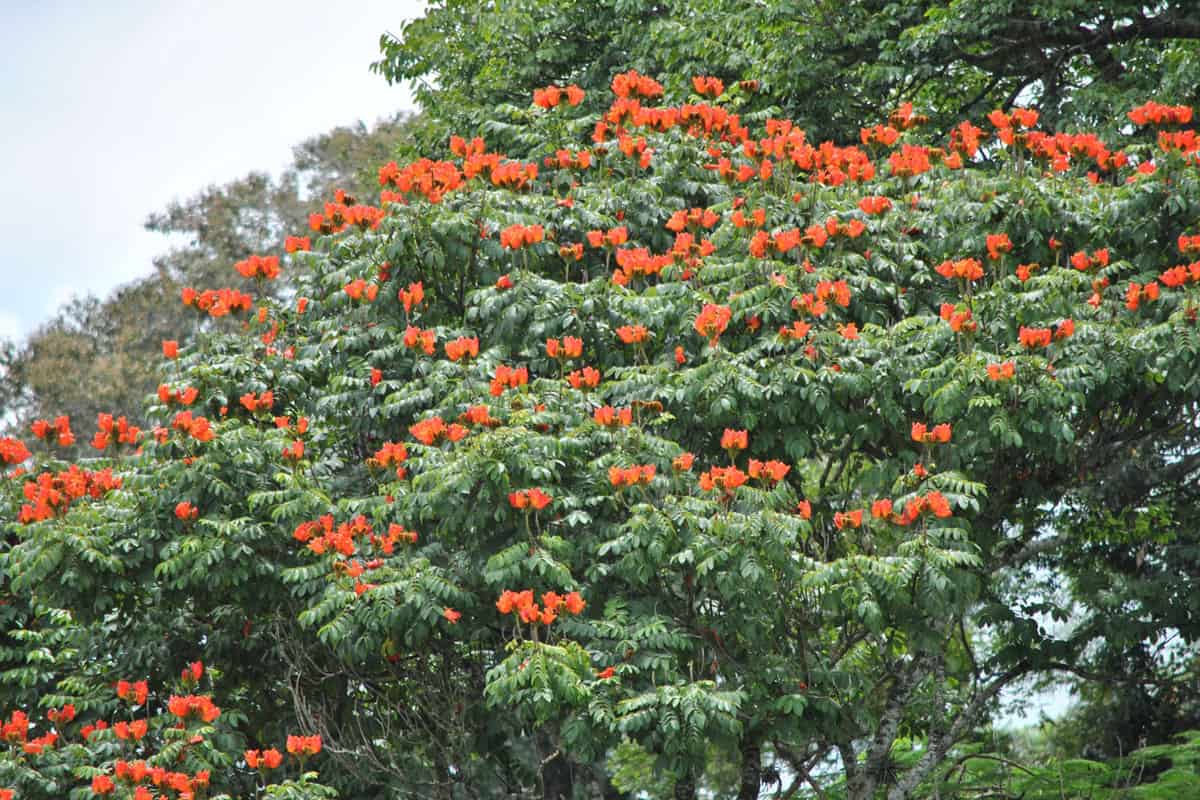
It's important to provide adequate watering and shade for plants during this season, as the intense heat can be challenging for some species.
Autumn (September to November)
Autumn in Zone 13 brings slightly cooler temperatures, easing out of the peak summer heat. Average temperatures range from 70°F to 85°F.
This season is a great time for garden maintenance, pruning, and preparing for the upcoming winter.
Seasonal changes in Zone 13 are primarily driven by rainfall patterns:
Wet Season
The wet season typically occurs during the summer months, from June to September, although it can vary slightly depending on the specific location within Zone 13.
This period receives more rainfall, with occasional heavy downpours, providing essential moisture for tropical plants.
Dry Season
The dry season usually spans from October to May, with the peak dryness occurring during the winter months.
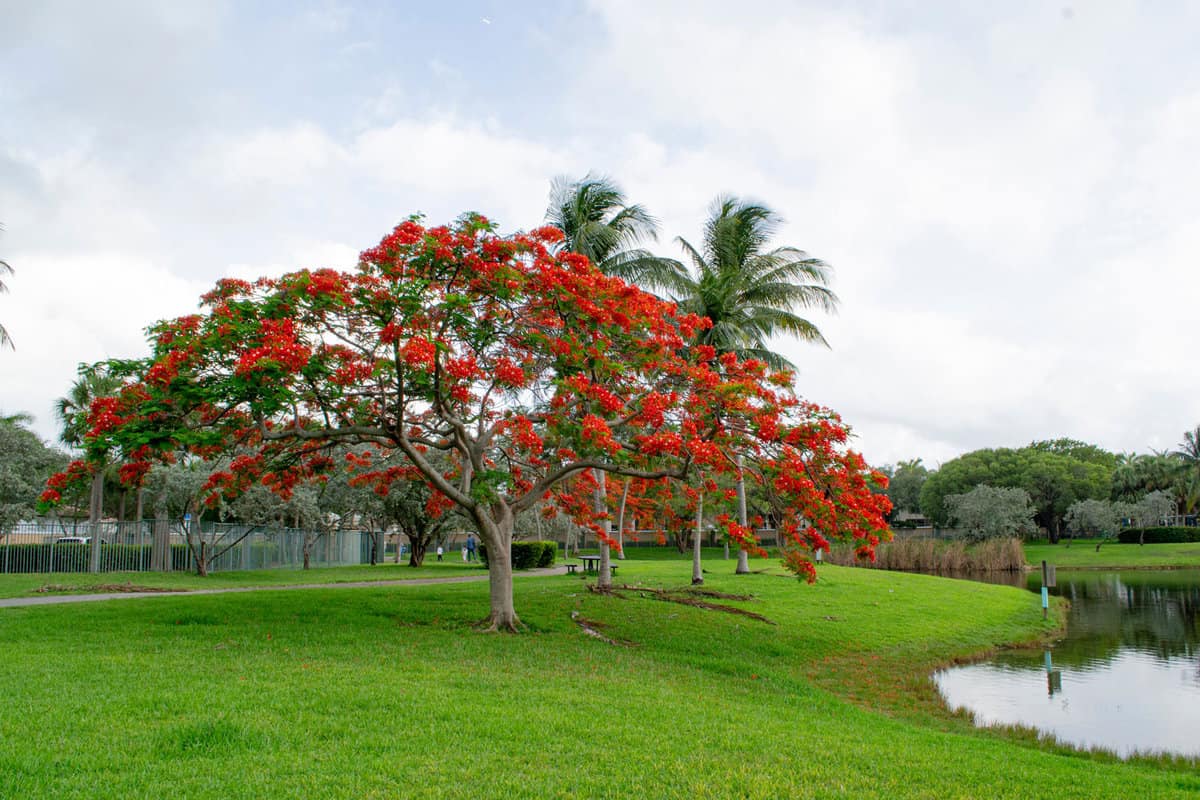
During this time, rainfall decreases significantly, and irrigation becomes crucial to maintain plant health.
Overall, keep in mind that the best planting and care practices can vary greatly depending on the specific species of plant.
In Closing
Gardening in Zone 13 may have its challenges, but don't let that discourage you. By choosing the right trees and understanding their needs, you can create a thriving and beautiful landscape in this warm climate.
For the best results, plant your trees in the spring when they have time to establish themselves before facing extreme weather.
Remember to provide regular watering, especially during dry spells, and ensure the soil has good drainage to support healthy growth.
Keep in mind the temperatures and seasonal changes in Zone 13. The mild winters, gradually warming springs, hot and humid summers, and slightly cooler autumns shape how your tropical trees grow and develop.
Adjust your gardening practices accordingly, providing shade and sufficient watering during the hot season and preparing for maintenance and pruning during autumn.
With the right knowledge, care, and a dash of creativity, you can enjoy an oasis filled with unique and stunning tropical trees that will bring joy for years to come.
Read more:
A Detailed Guide to 13 USDA Plant Hardiness Zones—Zone In On Your Garden
The 17 Best Plants to Grow in Zone 13b (65 to 70 °F/18.3 to 21.1 °C)
